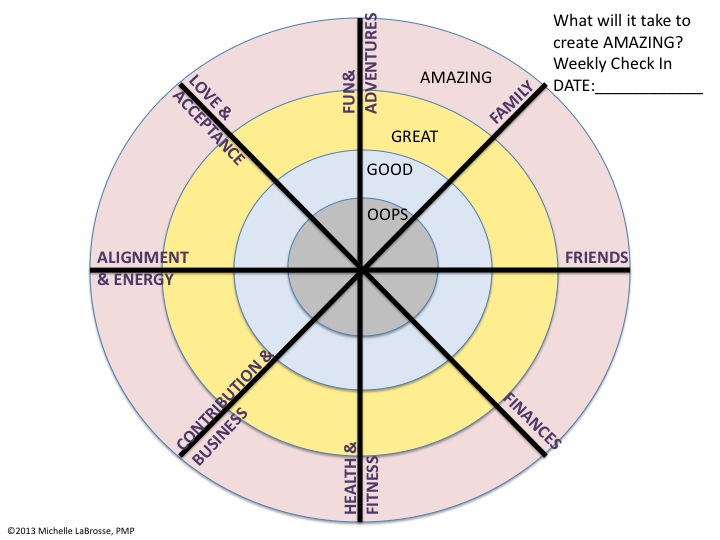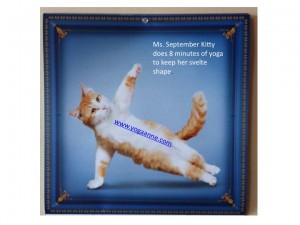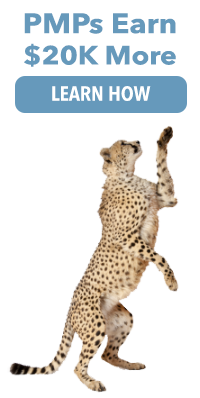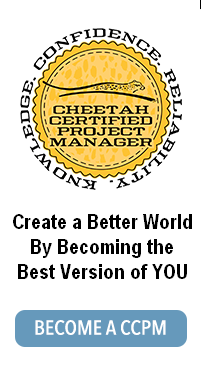(A featured article from Cheetah’s PMP Career Builder. Click Here to see entire Newsletter)

Many people make the mistake of thinking that success is out of reach for them, either because it’s based on some magic mojo, or because they just aren’t as lucky as successful people. As an executive, you know that success relies on defining and following through on your standards for success. Let me share with you what has worked for me and how I applied these standards of success to create more successful people and projects.
Levels of Learning: Move from awareness to mastery
Your time is invaluable. You want to spend it where it matters most. That’s why when you learn, you want to make sure you move beyond the basics and transform your skills to mastery. This has been the driving principle behind our course development and delivery at Cheetah Learning, and it has been my personal mantra when I look at my own development.
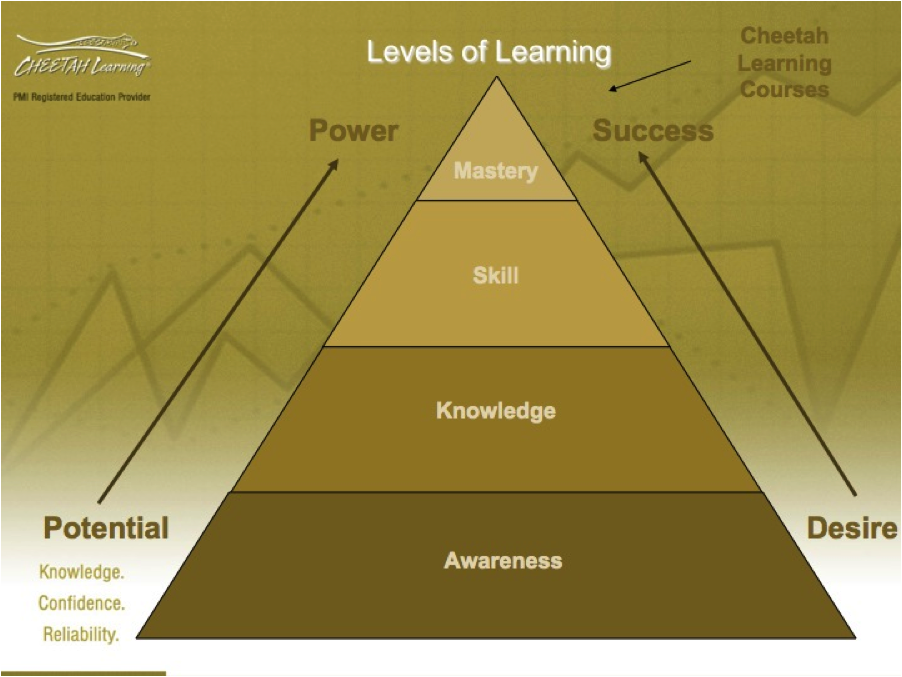
Where success happens
If your learning stays at the awareness and knowledge levels, your career and your opportunities for success are limited. To help create successful people and projects, you need to increase each person’s potential and desire to achieve mastery within the skills that are aligned with your organizations strategic objective, and within their own inherent strengths. Success happens at the top of the pyramid with skill – the application of knowledge and mastery – the ability to consistently get results with your skills.
Use your time wisely
Another standard for success is making the best use of your time. When you learn, you want to make sure every moment counts. Accelerated learning is a proven way to teach people new skills because it:
· Improves your retention and your ability to apply the new knowledge.
· Helps you quickly use what you’ve learned.
· Benefits every project you tackle – personally and professionally.
In a world that is moving full speed ahead, why leave any learning experience to chance? Experience accelerated learning in any of our Cheetah courses, and see why it is one of our standards of success at Cheetah Learning.
Stay tuned next week when we will teach you how to communicate the value proposition of PM to fellow executives who may need a refresher!
